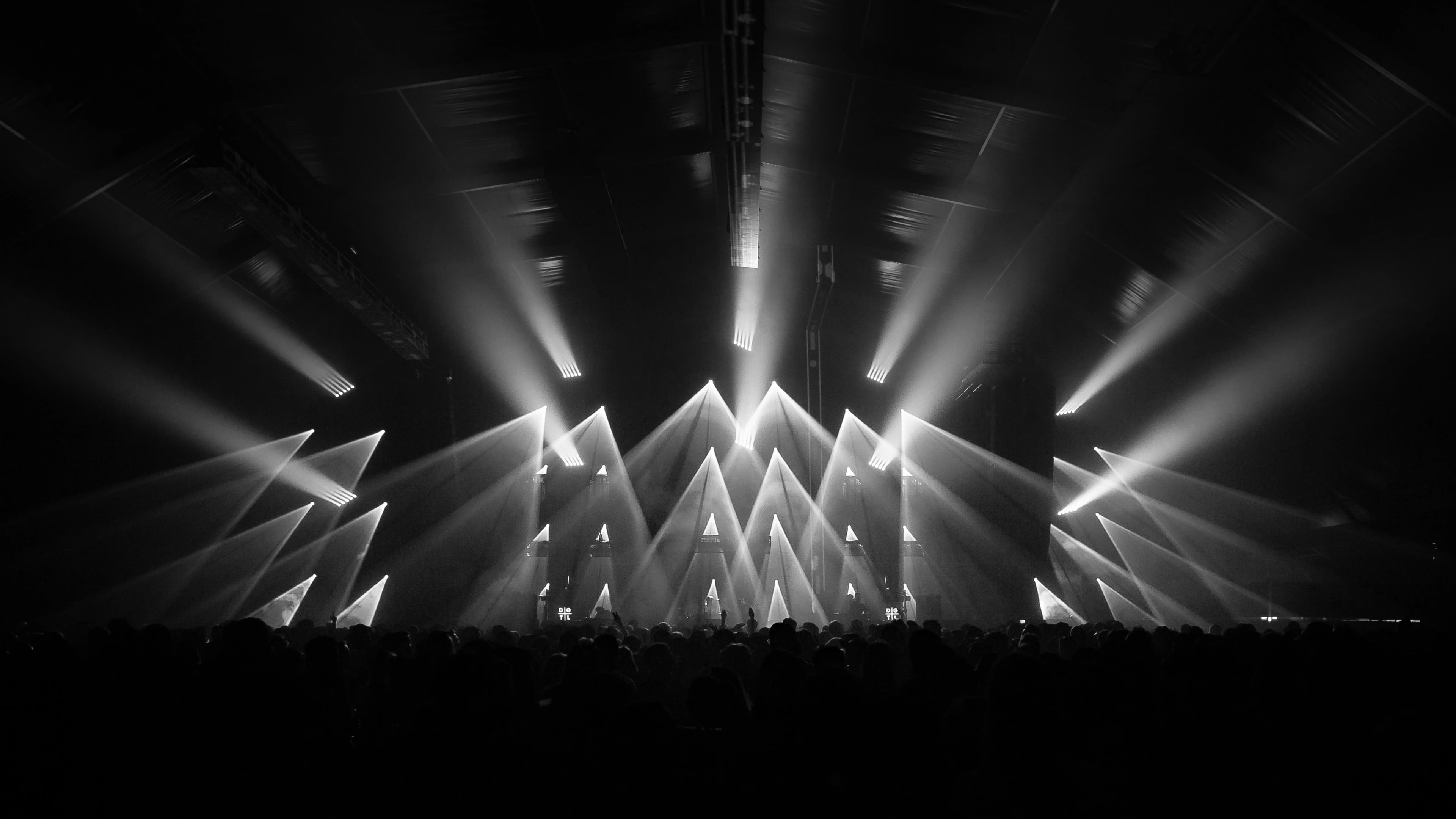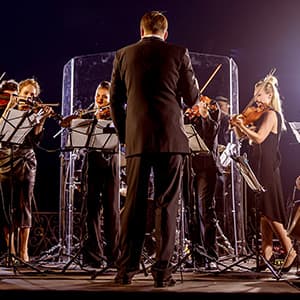

Mahler Symphony No 2 Tickets
Up to 30% Off Compared to Competitors.
Location: Select Location (e.g, New York)
Events Nearby
We're Sorry. There are currently no events near you.
About Mahler Symphony No. 2
In recent years, Mahler's Symphony No. 2 has continued to captivate audiences, with numerous performances scheduled across major concert venues globally. Notably, orchestras such as the Berlin Philharmonic, New York Philharmonic, and Los Angeles Philharmonic have included this symphony in their repertoire, often featuring renowned conductors and soloists. The symphony's rich orchestral texture and emotional depth make it a favorite for special concert events, including commemorative performances and festivals dedicated to Mahler's music. In 2023, several orchestras are celebrating the 125th anniversary of the symphony's premiere with a series of concerts featuring guest conductors and soloists who are experts in Mahler's works. Additionally, virtual concerts and live-streamed performances have allowed broader audiences to experience this powerful piece, highlighting its relevance in today's music scene. The resurgence of interest in Mahler's symphonies, particularly the 'Resurrection', reflects a growing appreciation for the emotional and philosophical depths of his music, ensuring that his works remain a central part of the classical concert landscape for years to come.
Mahler Symphony No. 2 History
Gustav Mahler's Symphony No. 2, also known as the 'Resurrection Symphony', was composed between 1888 and 1894. This monumental work is one of Mahler's most popular symphonies and marks a significant evolution in his compositional style. With its grand scale and profound themes of life, death, and resurrection, the symphony reflects Mahler's personal struggles and philosophical inquiries. The first performance took place in Berlin on December 13, 1895, under the baton of Mahler himself. The symphony is structured in five movements, with the final movement featuring a chorus and soloists, which was a bold and innovative choice for orchestral music at the time. As Mahler's second symphony gained popularity, it began to be recognized as a key piece in the symphonic repertoire, influencing generations of composers and musicians. In the early 20th century, Mahler's works were often performed by major orchestras, establishing him as one of the leading figures in the late Romantic music movement. The symphony's themes resonate with audiences, addressing the universal human experience of mortality and the quest for meaning, making it a perennial favorite in concert halls worldwide.
